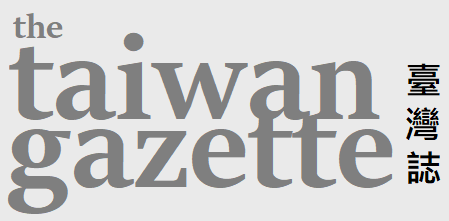Film Review: Lin Lee-Chen's "The Walkers"
Filmed over a decade, this breathtaking documentary tells the story of legendary Taiwanese choreographer Lin Lee-chen and her Legend Lin Dance Theatre.
By Linda Rui Feng
Early in the documentary film “Walkers” which follows the work of the Taiwanese choreographer Lin Lee-Chen, who directs Legend Lin Dance Theatre, Lin stands in front of a piece of fabric used as an integral part of a performance. She tells the camera that even at a young age, she found beautiful pieces of fabric to be “immensely moving,” such that she could sometimes stare at them for a long time.
I’m a complete outsider to dance (and fabric for that matter), but when I hear her say this it makes sense. Perhaps it’s because a piece of flowing fabric looks like the human body when it’s in motion and forgetting itself?
There were many more times in the film when Lin, lit up by the fires of empathy and curiosity often found in the most prolific and creative minds, pointed to these moments and made me trust that she would mold them into the most compelling of forms on stage, with dance.
At the time of the film screening, I didn’t think I’d catch any of her performances, so I was doubly delighted when I happened to be in Vancouver last weekend and her show “Eternal Tides” happened to be at the Queen Victorian Theatre on the one night I was free.
This was not a performance you sink into comfortably. The first segment, in fact, teaches the viewer to acquiesce to an otherworldly tempo of experience, and it does so with an authority that borders on the brutal.
As translucent white fabrics over the stage are drawn away slowly, you see a woman lying on the ground painted entirely in white (or should I simply say: a paper-white woman) and who has black hair the same length as her body. She gradually rises from the prone position and begins to slowly and resolutely twirl her long hair in a large circle. The momentum of the long swinging hair is such that after a while you no longer know if she is swinging her hair, or vice versa.
This goes on for how many minutes?—for far, far too long, and the thick hair moves like the hands of a manic clock. Yet you cannot tear your eyes away from this woman, who is singularly obsessed with making her hair defy gravity.
Gradually drumbeats from offstage get louder and intensify in tempo, which leads you to think that the climax will finally come and therefore this will stop—you expect to be released from its desperate grip. Yet each time you are wrong, because the drums continue and the twirling continues. You think no dancer can endure this superhuman marathon, and it is a marathon even for you, who sit in your chair and do nothing.
From time to time the woman opens her mouth as she twirls, and because of the distance and the lighting, her mouth appears a black abyss. When the release finally comes, it comes from this black abyss: a scream escapes from this mouth. But even then, as you expect her to fall back into the prone position and into silence, it doesn’t quite happen that way.
The movement retreats into the background but does not stop abruptly. There is a resurgence, there is still more twirling, still more desperate movement as the woman, spent, gradually drags the white fabric lying beneath her, slowly, to the back of the stage.
Photography by River Wang.
The rest of the performance is less haunting, but it is still as demanding as it is mesmerizing. It continues to demand that the viewer stay within the otherworldly tempo.
In one of these later segments that might be considered more “accessible,” a woman and a man move toward each other from opposite ends of the stage; they do so (it seems) at the speed of a fiddlehead plant unfurling itself. The woman, like the first dancer, is painted in white, but in this context it seems more like a bridal white than a ghostly white. When the couple meets in the middle of the stage their bodies touch, entwine, but in wholly unexpected ways. The moment when they begin to move apart, like the turning of the tide, is almost imperceptible, and you are likely to miss it if you blink.
For those of us who are used to instant revelations (on screens of all sizes), this means you have to slow down—way down. And yet it is inevitably fast, too: during one of more martial segments featuring male dancers in warrior-like attire, once my attention wandered off just for one brief instant, and when my eyes turned back to the stage I discovered something astounding had happened while I looked away.
Photography by River Wang.
The writer Teju Cole says that in his work he tries to “find out how the gestures of various arts can be smuggled beyond their native borders, music that exceeds music, painting that exceeds painting.” Lin’s choreography certainly does this. I leave the theater exhausted.
The next morning I wake up and continue to think about these bodies—painted white, copper—moving at the speed of flower petals opening, but also at the speed of light.







